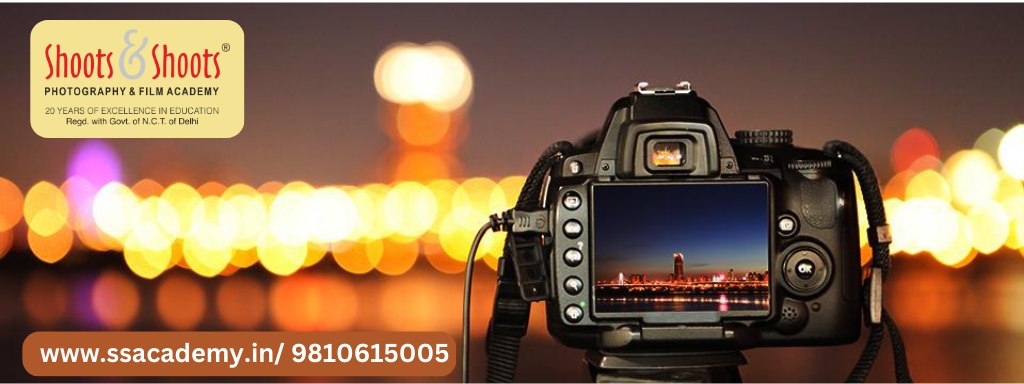Tips for Night Photography: A Guide to Shooting in the Dark

Night photography can be a challenging yet rewarding genre to explore. The dark sky provides a canvas for creativity as you capture the world’s beauty after hours. With the right techniques and equipment, you can create stunning images that showcase the magic of the night.
Here are some tips for Night Photography that will help you get started or improve your skills.
1. Choose the Right Equipment
Invest in a high-quality camera with excellent low-light capabilities to take stunning night photos. A wide-angle lens will let you capture more of the scene and let in more light.
Tripod – You will likely use a slower shutter speed in low light, so it’s important to have a sturdy tripod on hand. Also, make sure you have extra batteries and memory cards on hand.
2. Learn Exposure
For the best results, learn how to control your camera’s exposure settings. Experiment with shutter speed, aperture, and ISO to get the proper exposure.
3. Identify your location
During the day, research potential locations to become familiar with the area. This will assist you in planning your shots, selecting your equipment, and preparing for your shoot. Make sure to check the weather and shoot on clear nights to capture the stars.
4. Use Manual Focus
When the light is dim, autofocus will not work well, so switch your camera to manual focus. Zoom in on a bright object and focus manually if necessary.
5. Use Long Exposure
Long exposure is one of the most popular techniques in night photography. It allows you to capture stunning images of light trails and star trails. Experiment with different shutter speeds to see what looks best for your environment.
6. Take a Night Photography Course
Programs like Night Photography: Painting with Light from Harvard University provide hands-on training to enhance your skills and techniques in night photography.
7. Try Bulb Mode
Bulb mode allows you to keep the shutter open for as long as you hold the shutter-release button. This allows you to shoot at slower shutter speeds than your camera will allow. It’s great for creative night photography when you need long exposures, such as shooting light trails, star trails, or light paintings.
Conclusion,
The night sky can provide stunning images of the night sky when captured properly. If you need further guidance, consider enrolling in a night photography course from Photography Academy.

